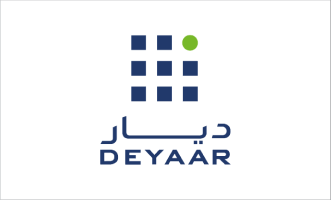TRAINING STORY
- How it starts: Participants divided into teams get a business entity to run with detailed information about its products, customers, business performance, costs, pricing structure, market share and growth, critical success factors (CSF) and KPIs along with last three years comparative financial statements.
- Review Business: Teams review business performance, working capital, cash flows, receivables and collections, creditors, product mix, sales forecasts & projections, inventory management, debtors & creditors limits, management intentions, efficiency and strategy to run business.
- Creating Business Plan: Once business model is understood, teams formulates business plan, re-set KPls, revisit strategies and creates a 'What to Do' and 'What to Avoid' list.
- Set The Board: Its time to set the board. All available business details are transferred to board from where all future business will be transacted.
- Game Rules: Game comprises of twelve business cycles representing each month in a calendar year with preparation of financial reports and statements on quarterly, half yearly and yearly basis. A transaction once rejected cannot be taken back, cannot act retrospectively.
- How it Works: Game toolkit comprises of Game board, participant manual, activity cards and currency coins.
























